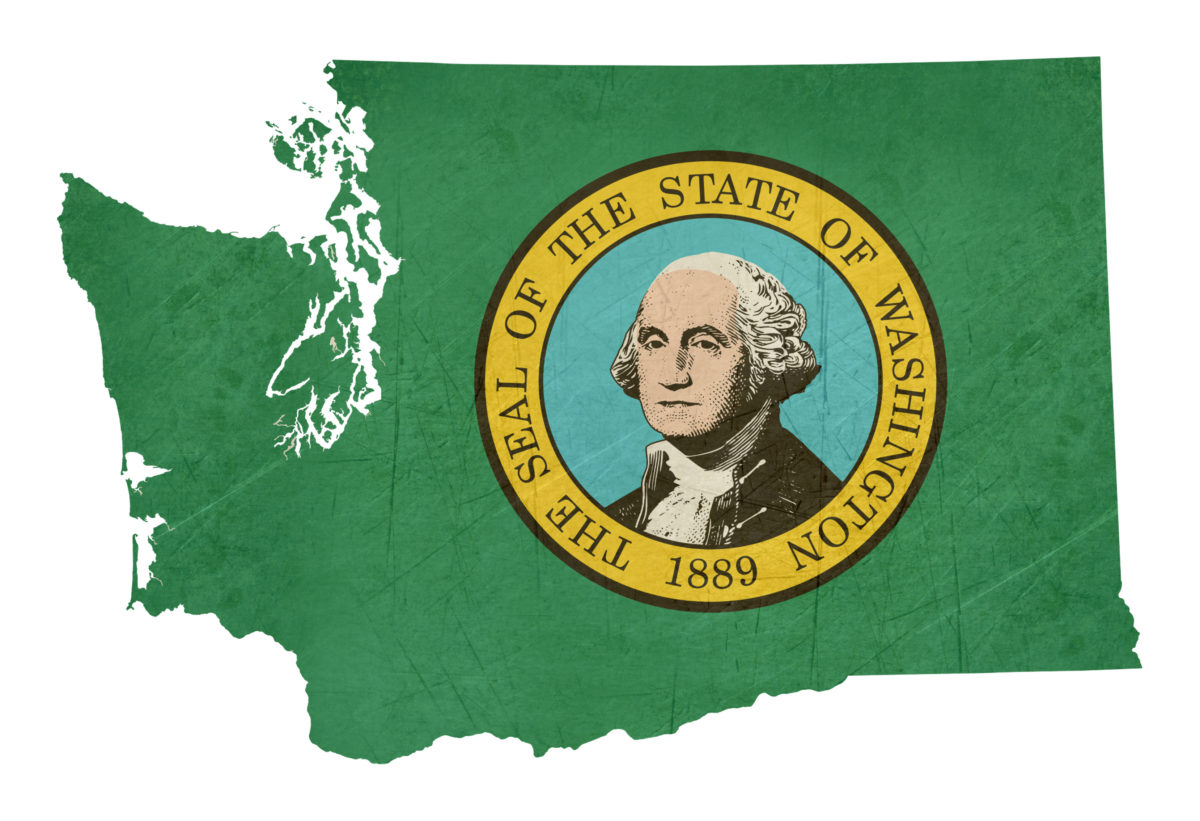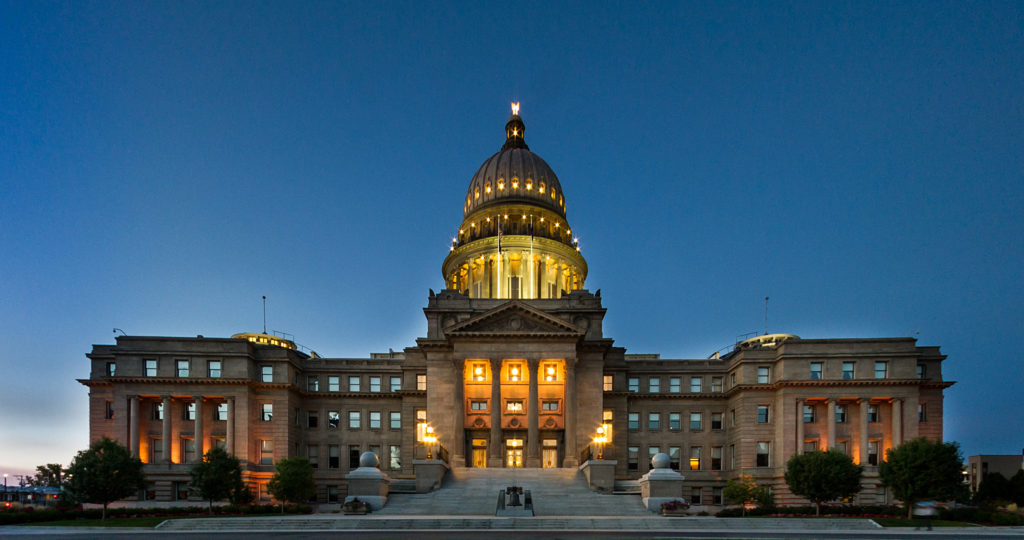
Confusion Over Student Spending
Does anyone really know how much we spend on our public schools? A state-finance map on per-pupil spending from Education Week shows Washington State, where we are based, spends $11,125 per student, accounting for “factors such as teacher and staff salaries, classroom spending, and administration, but not construction or other capital spending.” Confusing! The frustrating issue with this report is it creates controversies about which state “could” be spending more in comparison to other states, which does not matter as much as the actual spending figures importantly, the figure seems to only include the state revenue portion (of course, this is not highlighted in the report). What is missing is the significant portion of school funding from local levies, federal Read More ›




